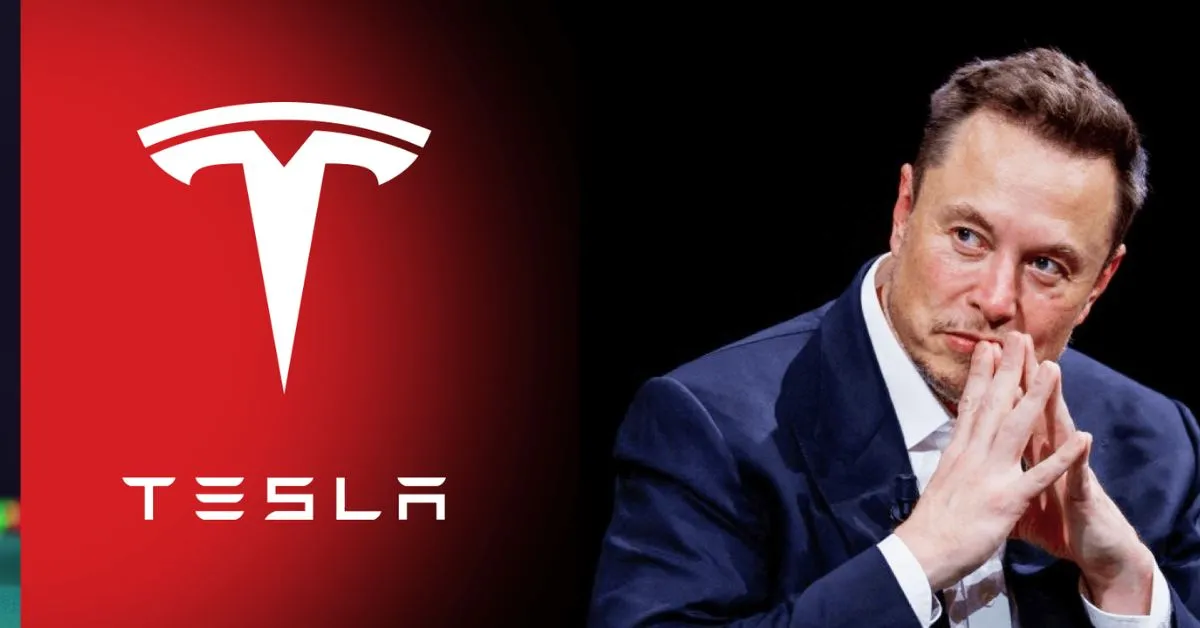Tesla’s Revenue Strategy: Why Robotaxi Matters More Than Incentives
Understanding Tesla’s Real Profit Engine
Tesla Robotaxi revenue strategy represents a fundamental shift in how Elon Musk prioritizes growth. Recent Q3 2025 earnings reveal Tesla generated $28.1 billion in quarterly revenue—a record—but many investors overlook what truly drives long-term value. While automotive incentives boost short-term deposit numbers, Tesla Robotaxi revenue strategy focuses on sustainable, high-margin business models that legacy automakers cannot replicate.
The Tesla Robotaxi revenue strategy demonstrates why vehicle sales alone cannot justify Tesla’s $1.4 trillion market valuation. Even with record deliveries of 497,000 vehicles in Q3 2025, automotive revenue totaled $21.2 billion—less than the full revenue figure. Tesla Robotaxi revenue strategy explains investor confidence: autonomous ride-hailing services generate recurring revenue streams vastly superior to one-time vehicle purchases.
Execution Over Endless Delays
Elon Musk’s commitment to the Tesla Robotaxi revenue strategy reflects his operational philosophy: deliver ambitious timelines or lose credibility. The Cybertruck faced extended delays and public scrutiny, eroding Tesla’s reputation for execution. Conversely, Tesla Robotaxi revenue strategy demands immediate action—Musk announced removing safety monitors from robotaxi operations in Austin by year-end 2025, signaling serious deployment.
Tesla Robotaxi revenue strategy competes directly against Waymo and Baidu’s Apollo Go, which already operate commercial services. Delays here mean market share loss. Unlike regulatory credits (down 44% to $417 million in Q3 2025), Tesla Robotaxi revenue strategy creates sustainable, scalable income. Musk’s vision for Optimus humanoid robots further extends Tesla Robotaxi revenue strategy into factory automation and caregiving—markets worth trillions.
Brand Loyalty and Market Dominance
Tesla’s $25 billion automotive revenue last quarter alone demonstrates brand strength, yet Tesla Robotaxi revenue strategy aims higher. When vehicles become robotaxis, customers don’t just buy transport—they invest in Tesla’s ecosystem. This shifts consumer psychology from product purchase to platform dependency.
Tesla Robotaxi revenue strategy reflects trust in future products like Optimus, fueling investor confidence. Every delayed product launch damages this narrative. Musk recognizes perpetual delays erode reputation and stock value. Therefore, Tesla Robotaxi revenue strategy prioritizes execution on announced timelines to establish Tesla as the EV innovation leader, not merely a vehicle manufacturer dependent on government incentives or regulatory credits.
Disclaimer: This article is provided for educational and informational purposes only. It is not financial advice. Always conduct thorough research and consult with qualified financial advisors before making investment decisions. Past performance does not guarantee future results.
